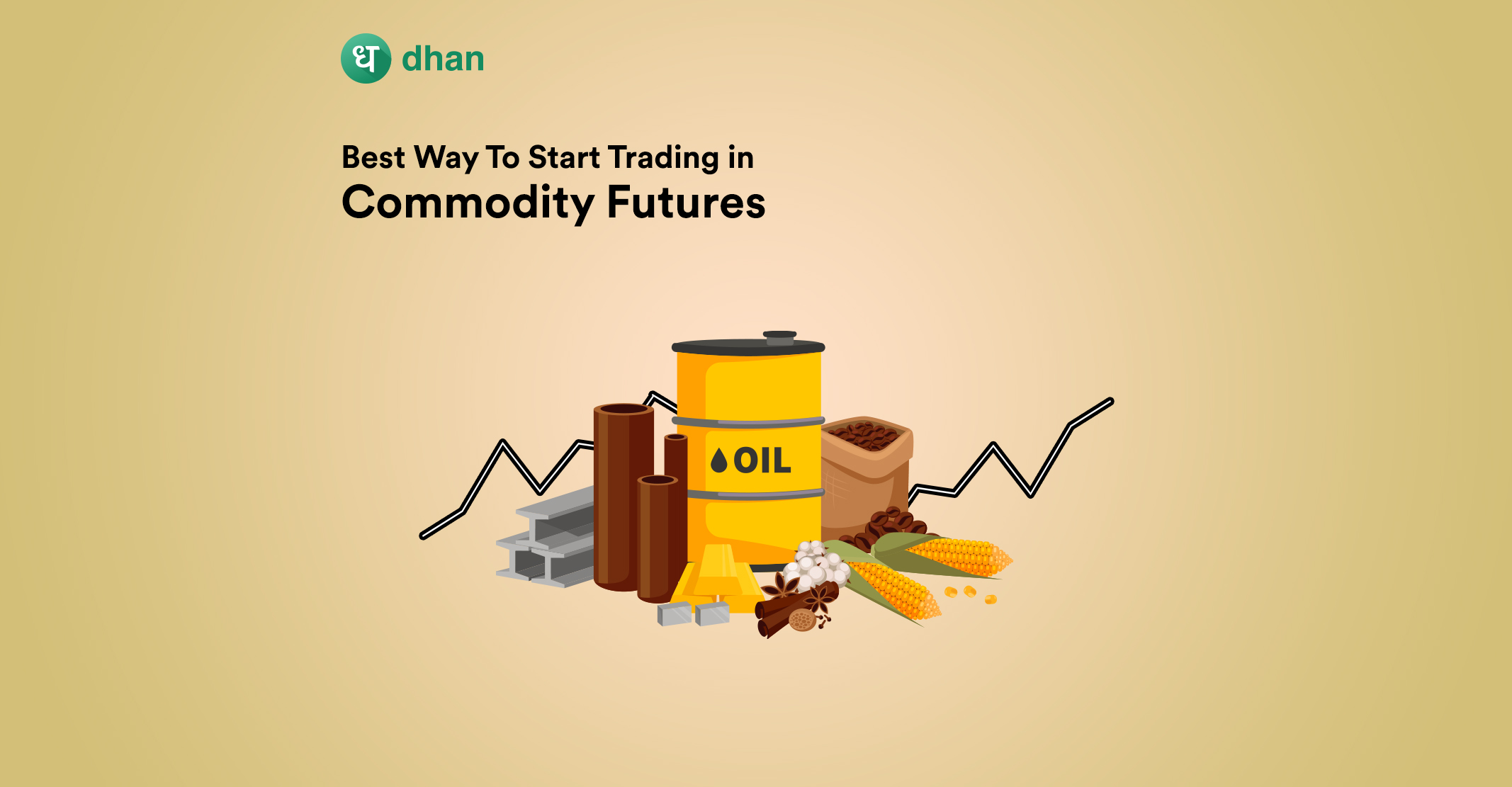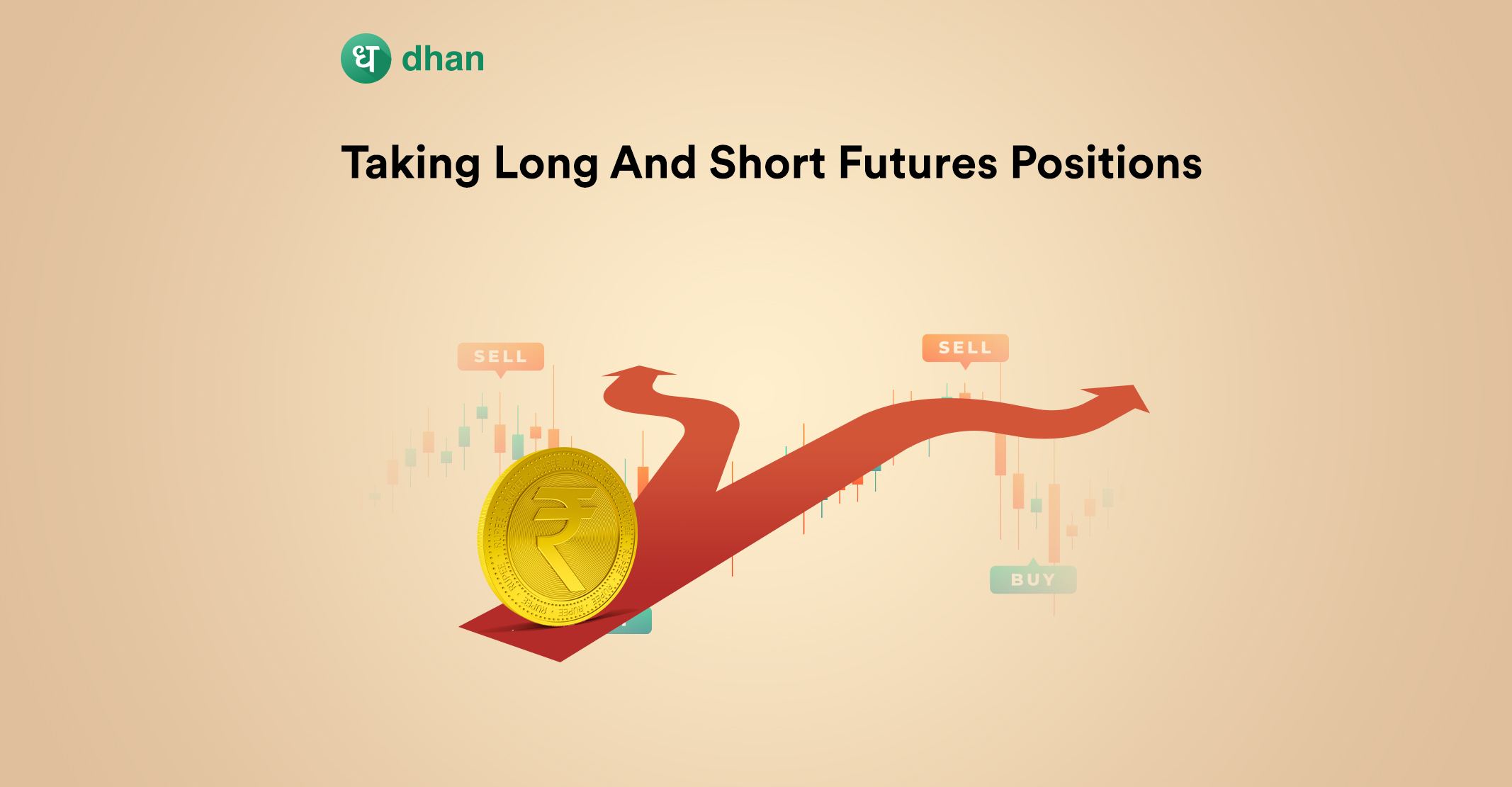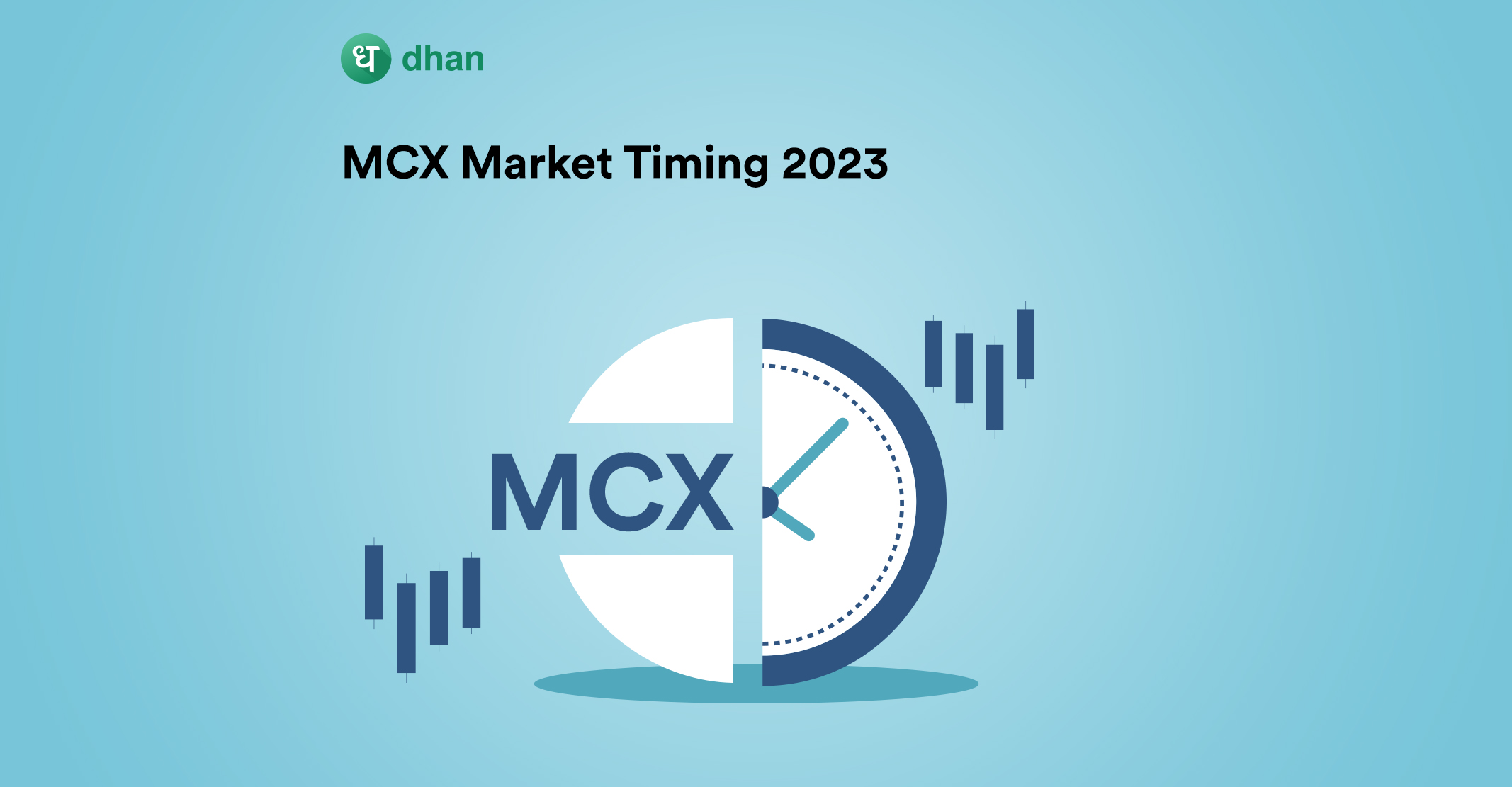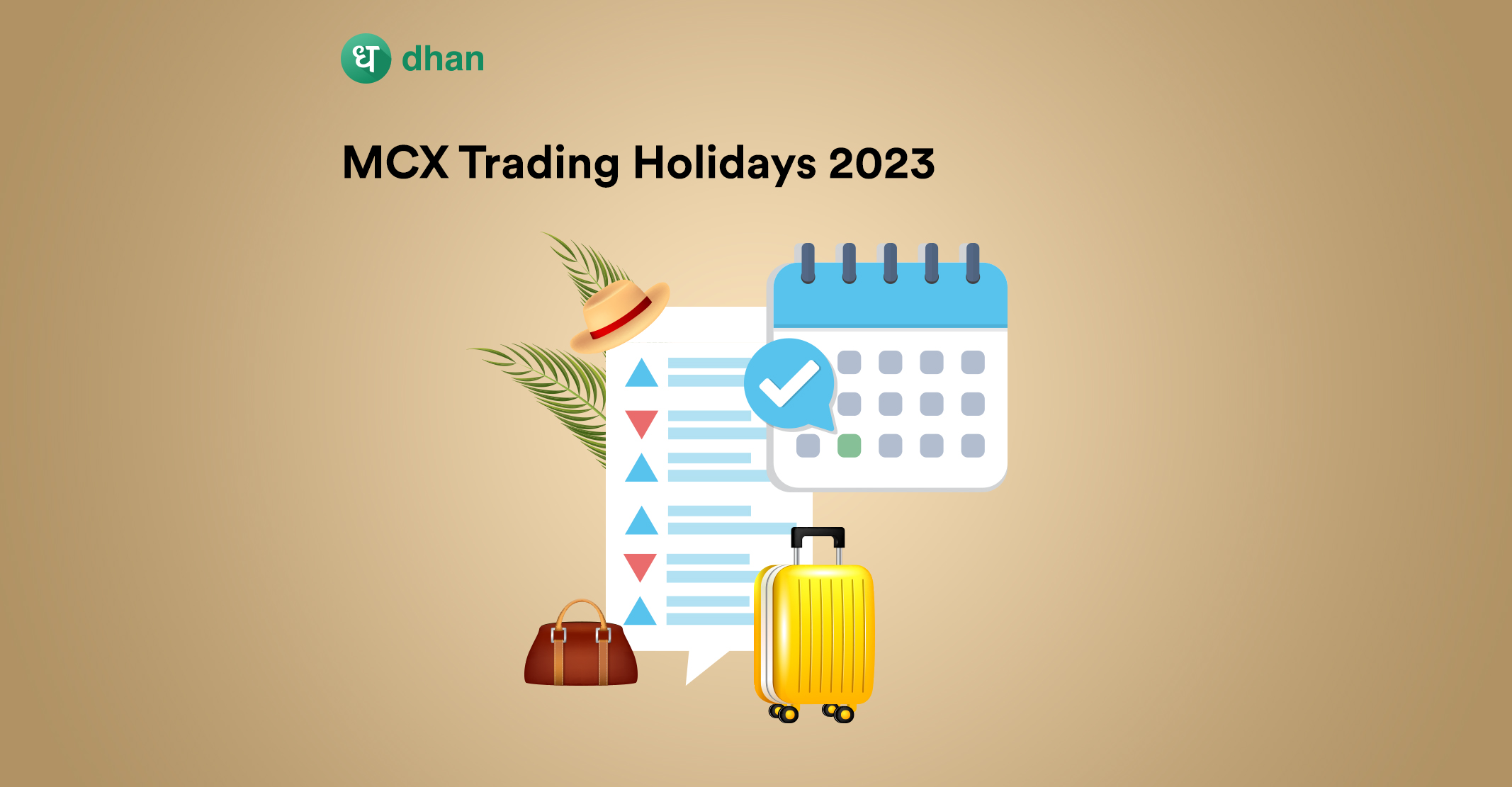Commodity futures trading can be a potentially lucrative discipline that involves buying and selling contracts of commodities such as gold, silver, natural gas, oil, wheat, and more.
If you’re new to commodity futures trading, getting started can be intimidating. However, with the right knowledge and tools, you can learn how to trade successfully in this market. We’ll help you get started.
What is Commodity Futures Trading?
A commodity futures contract is a derivative to buy or sell a particular commodity at a predetermined price on a specified future date. The value of these contracts is derived from underlying assets like natural gas, corn, gold, silver, and others.
When a commodity futures contract reaches its expiration date, the settlement is made in cash or is physically delivered.
The settlement amount is determined by the difference between the original trade and the closing trade. Physical settlement is exactly what it sounds like – you’ll get the commodities to your doorstep.
There are two reasons why you’d trade in commodity futures. One, you want to speculate and make a profit from the movement of popular commodities on exchanges like MCX.
Two, you want to hedge your portfolio and protect your existing positions. You could take long and short positions in futures to achieve either goal.
Key Features of Commodity Futures
Exchange-traded commodity futures allow retail traders to participate in the growth of the commodity market, which is driven by multiple entities that have differing (at times similar) goals.
Before you enter this market, however, you must know what exactly characterizes a futures contract. Don’t worry – we have you covered. Let’s start with the nature of these contracts.
1. Standardized Contracts
Commodity futures contracts are standardized contracts. This means that everything from quantity, price to the time of expiry is decided by the exchange.
2. Exchanges
Commodity Futures trading takes place in two exchanges in India. They are MCX (Multi Commodity Exchange of India) and NCDEX (National Commodity and Derivative Exchange).
3. Leverage
To start trading in commodity futures, you need to deposit an initial margin amount. You could say that this is a good-faith deposit that you must make to enter a position. The initial margin is some percentage of overall exposure.
4. Regulated by SEBI
Commodity futures are being regulated by SEBI since 28th September 2015. They take care that fair practices are followed. Previously it was regulated by the Forward Market Commission (FMC), which was a government agency now amalgamated with SEBI.
5. Physical Delivery
Buyers in the commodity futures contract have the option to get physical delivery of the asset on the expiry of the contract. If the buyer doesn’t want the physical delivery then there is an option to square off the transaction before the expiry.
Steps to Start Commodity Futures Trading In India
Now is the time to understand how you can start commodity futures trading in India. So, let’s get into it step by step.
1. Learn about Commodity Futures
To start commodity trading futures, it is essential to have a good understanding of the fundamentals of popular commodities.
For example, you can learn about the price movements of various commodities by using charts, such as crude oil futures charts and real-time futures charts.
These charts can provide valuable insights into commodity price trends, which can assist you in making informed trading decisions.
By gaining knowledge about commodity futures and staying up-to-date with market trends, you can increase your chances of success in commodity futures trading.
2. Choose the Right Broker/Platform
Choosing the right broker or trading platform is a crucial step in starting your commodity futures trading journey. A broker acts as a mediator between you and the exchange and provides you with access to various trading tools, research reports, and market data.
For example, Dhan gives you access to the complete commodity trading experience. Why is it complete? Because of the trading experience right from account opening to placing a commodity futures trade.
You get access to incredible features like instant margin via pledge, TradingView Charts, Futures Chain, Basket Order, 15 Minutes Built-Up, and much more.
Read 👉 Commodity Trading Experience on Dhan – Simple, Smooth, & Seamless
3. Open a Commodity Account
Once you have decided on a broker, it’s time to open trading account. For this, you will be required to fill up the basic details like name, date of birth, marital status, income etc.
You also need to comply with the KYC process and provide a PAN and Aadhar card copy. The broker will verify all this, after which exchanges will do the same, and open your account.
4. Fund the Account
After you have opened the commodity account with the broker now is the time to start trading. But for this, you need to give the deposit amount for the initial margin.
This is generally a percentage of the contract value. In addition to this, you also need to maintain the maintenance margin with the broker. If you face any loss in trading then that can be taken care of.
5. Create a Trading Strategy
Now as you have completed all the formalities, it’s time to start trading. For this, you need to create a trading plan. A trading plan must be created considering your risk appetite, trading goals, and other factors.
You must also factor in other variables like the MCX Market Timing and Trading Holidays. Some commodities have liquidity throughout the day while others don’t. That’s why the market hours matter. The holidays also impact the desirability of certain commodity futures contracts.
If you are new to commodity futures trading then you can start with a small amount at initial levels. Then as you trade and gain experience you can experiment with the trading amount.
Conclusion
Commodity futures trading has emerged as one of the most popular forms of trading in India. Learning about the fundamentals of the commodities involved, their futures contracts, and other factors like margins can help you craft a trading strategy that works.
Like this? Then you’ll love:



